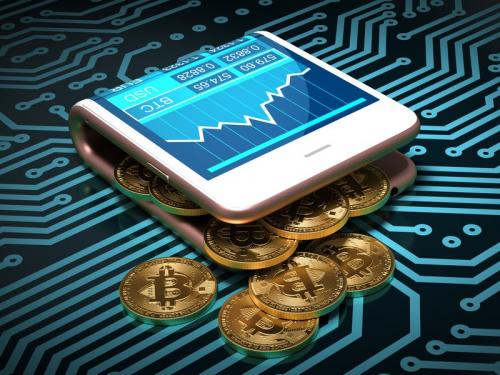
What is a Wallet?
\r\nIf you’ve been following news stories or reading online guides about cryptocurrencies, it’s likely that you will have been confronted with some confusing terminology. Alongside new terms like \"blockchain\" are familiar words like \"key\", \"hash\" and \"wallet\" – all of which mean something different within this context.
\r\nTo get your head around a term like wallet and why it’s relevant, it’s important to first understand how cryptocurrencies work.
\r\nHow Cryptocurrencies Work
\r\nCryptocurrencies like Bitcoin are completely digital, with all transactions stored securely in a database known as the blockchain. The blockchain is maintained and added to by a global peer-to-peer network of users.
\r\nEvery time a user makes a transaction, that information is broadcast out to the global network, allowing other users to record it in a digital ledger. With so many users recording these transactions, accuracy can be maintained across the board. Users creating ledgers of transactions – known as \"blocks\" – add finished blocks to the blockchain, where they can sit securely.
\r\nBut to get to that stage, every user must first have their own account within the cryptocurrency, something usually known as a wallet.
\r\nHow Wallets Work
\r\nIn simple terms, a wallet is a software programme which allows users to send and receive payments. Despite what the name suggests, a wallet does not store currency; technically, currency is \"stored\" in the blockchain in the form of information about transactions. However, the wallet can be used to view information in the blockchain – in other words your balance. It also facilitates transactions through the use of two keys, personalised to each user.
\r\nWhen you make a transaction, you announce it to the users who make new blocks for the blockchain. In making this transaction, you are required to give a digital signature, and to do this you use a private key (sometimes referred to as your SK). Your private key is something only you have access to.
\r\nTo verify that your transaction is valid (i.e. hasn’t been falsified), users who create blocks and update the blockchain will check it using the second key in your wallet, your public key (sometimes referred to as your PK). If the two keys match up, the transaction is considered valid and is added to the block. People will also use your public key (also known as your wallet address) to send you payments.
\r\nCreating & Using a Wallet
\r\nWallets are easy to set up and use. You can download them to a personal device, use them through a browser, or even obtain one in hardware form (popular wallet providers include Coinbase, Electrum, MyEtherWallet.com and ImToken Mobile Wallet).
\r\nA key part of the process of setting up your wallet is downloading your two keys; you should keep a safe record of your keys as you will need them to make transactions.
\r\nTo send a payment to another user, find out their wallet address (public key) and \"sign\" the transaction; to receive a payment, tell the other user your wallet address (public key) and wait for payment to arrive. It’s that simple!
Lisk Relaunches 'More Accessible' Platform
MoreMeet-Up With Particl Team in Zurich This Weekend
MoreLykke Announce a Wallet Update
More